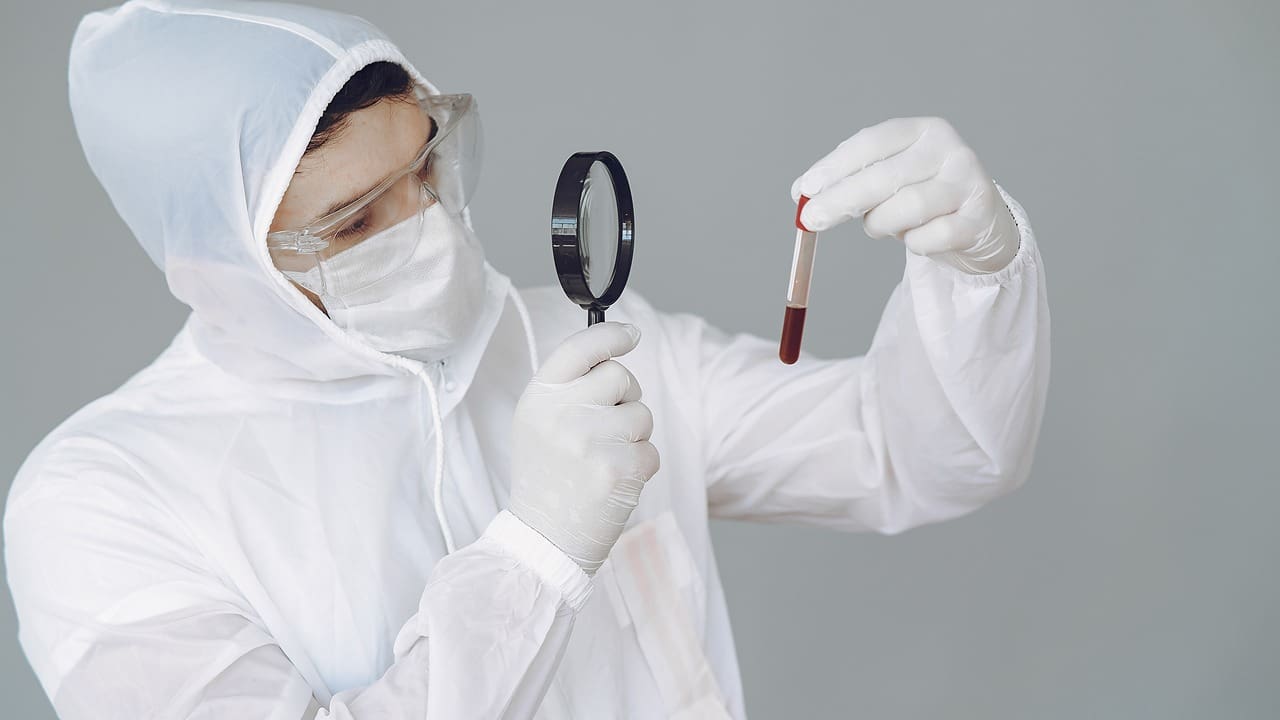What Is Pathology?

What Is a Pathology Report? What You Need to Know
Key Components of a Pathology Report
- Patient Information: Lists details like the patient’s name, age, gender, and important medical history.
- Specimen Information: Explains what kind of sample was taken and where it came from, like a biopsy from the skin, breast, lung, or another organ.
- Microscopic Findings: Tells what the pathologist saw under the microscope, such as changes in cell size, shape, or arrangement that show signs of disease.
- Diagnosis: Gives the final answer about what disease or condition is present, based on the findings.
- Recommendations: May suggest more tests, genetic analysis, or follow up steps depending on the results.
What Does Pathology Deal with?
Pathological conditions are diseases or disorders that disrupt how the body normally works. These can be grouped into different types, each with its own features and treatment needs. Here are some examples of diseases that pathology focuses on:
- Cancers: Determination of the type, stage and degree of malignancy of tumors. Analysis of the properties and behavior of cancer cells.
- Infectious Diseases: Diagnosis and classification of bacterial, viral, fungal and parasitic infections. Evaluation of the effects of microorganisms on tissues.
- Immunological Diseases: Diagnosis of autoimmune diseases. Investigation of diseases related to the immune system.
- Metabolic Diseases: Diagnosis of genetic and metabolic diseases such as phenylketonuria, hypothyroidism. Evaluation of metabolic disorders in organs.
- Cardiovascular Diseases: Investigation of changes in heart tissue and vascular diseases. Evaluation of tissue damage after a myocardial infarction (heart attack).
- Neurological Diseases: Diagnosis of neurodegenerative diseases, for example Alzheimer's and Parkinson's disease. Evaluation of neurological lesions.
- Gastrointestinal Diseases: Diagnosis of the diseases of stomach, intestine and liver. Examination of conditions such as inflammatory bowel diseases.
- Endocrine Diseases: Diagnosis of diseases related to the endocrine system, such as diabetes and thyroid diseases. Evaluation of hormonal imbalances.
- Hematological Diseases: Diagnosis of blood cancers (lymphoma, leukemia) and blood diseases. Evaluation of hemolytic anemias and other hematological conditions.
- Diseases of the Respiratory System: Diagnosis of lung infections and respiratory diseases. Evaluation of changes in lung tissue.
Liv Hospital Pathology
The Pathology Department of Liv Hospital is equipped with state of the art equipment and a wide range of tests, which allows accurate and precise diagnoses to be made. The expert pathologist team provides reliable and effective treatment plans to its patients by making detailed analysis of diseases with its deep knowledge and experience. The expertise of the physicians and the wide capacity of the laboratory have positioned Liv Hospital as a leading medical institution in the field of pathology.
For more information about our academic and training initiatives, visit Liv Hospital Academy.
Frequently Asked Questions for Pathology
What does pathological mean?
The term "pathological" refers to anything related to or caused by disease. It can describe conditions, behaviors, or processes that deviate from the norm due to underlying health issues.
What is pathologic complete response?
Pathologic complete response (pCR) refers to the absence of detectable cancer cells in tissue samples following treatment. Achieving pCR is often considered a positive indicator of treatment effectiveness, especially in cancer therapies.
What are pathological conditions?
Pathological conditions refer to diseases or disorders that disrupt normal bodily functions. These can include infectious diseases, neoplastic diseases (cancers), autoimmune disorders, metabolic disorders, and genetic conditions.
What is forensic pathology?
Forensic pathology is a specialized area of pathology that focuses on determining the cause of death in cases of sudden or unexplained deaths. Forensic pathologists perform autopsies and analyze evidence to assist in legal investigations.
How long does it take to receive pathology results?
The time to receive pathology results can vary based on the type of test performed. Routine tests typically take 3 to 7 days, while more complex analyses may take 1 to 3 weeks. Urgent cases may yield preliminary results within hours.
What does a pathology report contain?
A pathology report includes essential information such as patient details, specimen information, microscopic findings, a diagnosis, and sometimes recommendations for further testing or treatment based on the findings.
What is pathology?
Pathology is the branch of medicine that studies the nature, causes, and effects of diseases. It involves examining tissues, organs, bodily fluids, and autopsies to understand disease processes and provide diagnoses.


